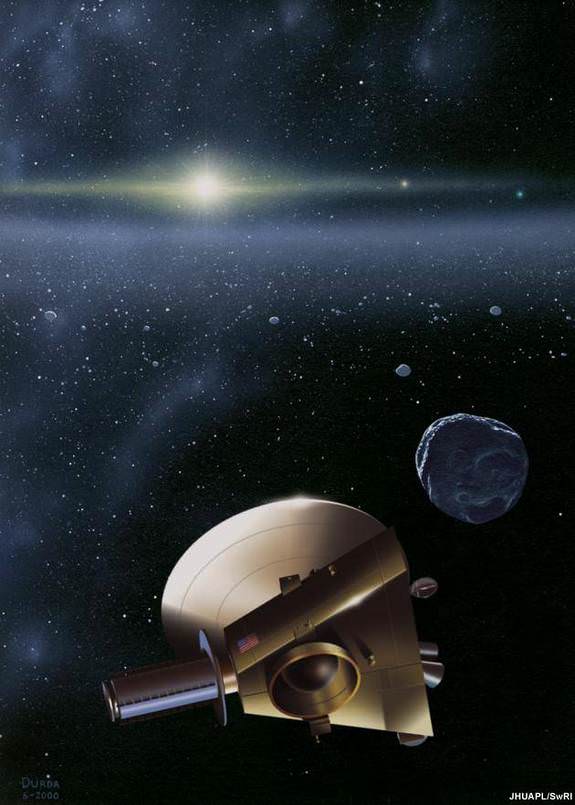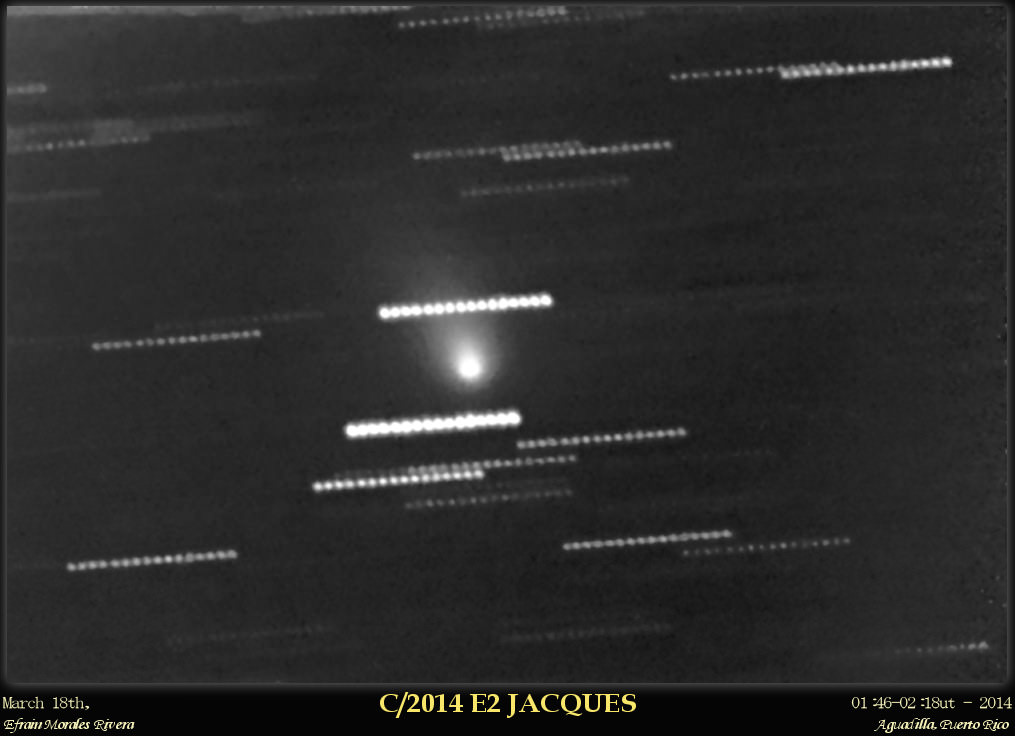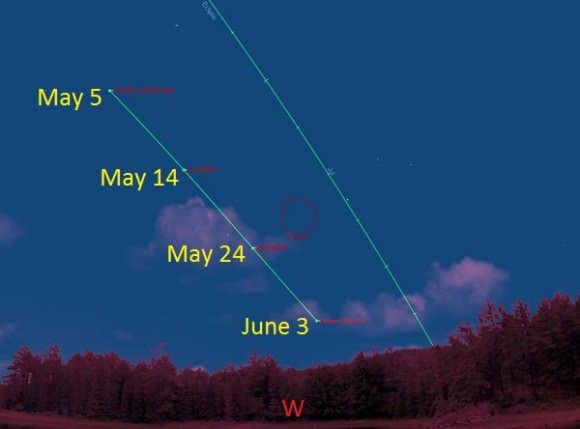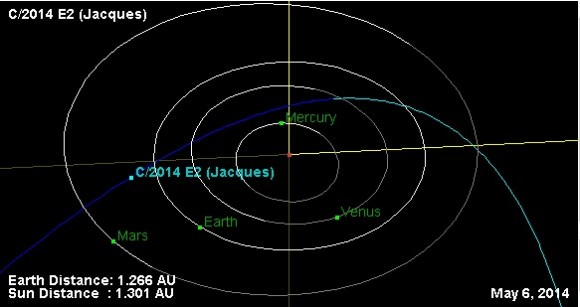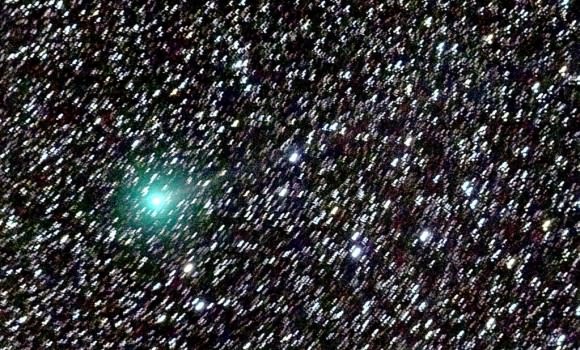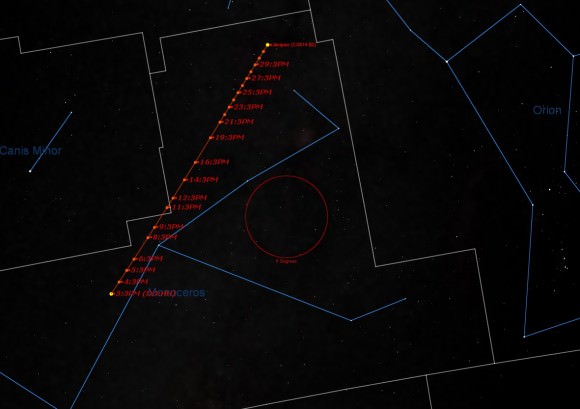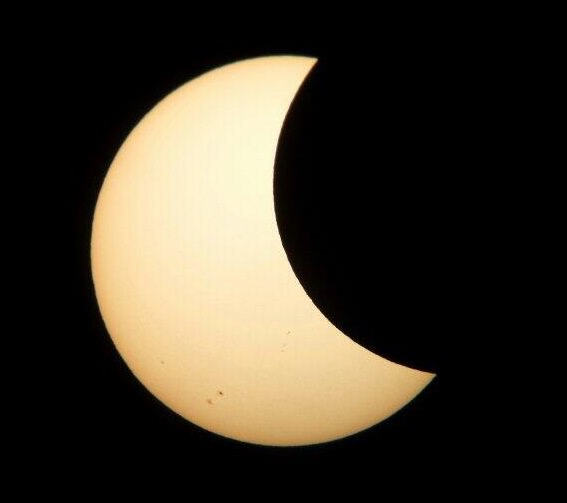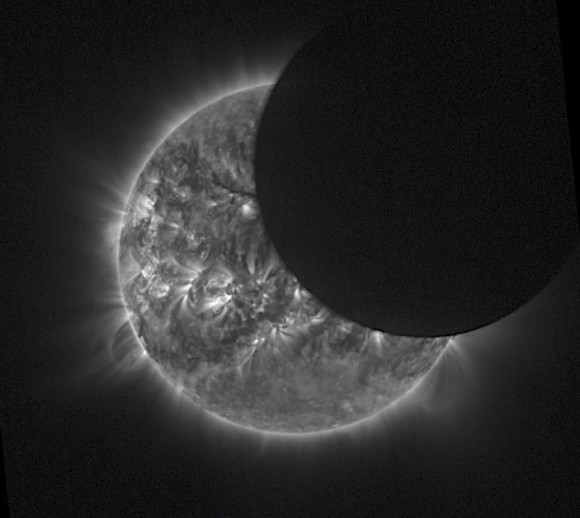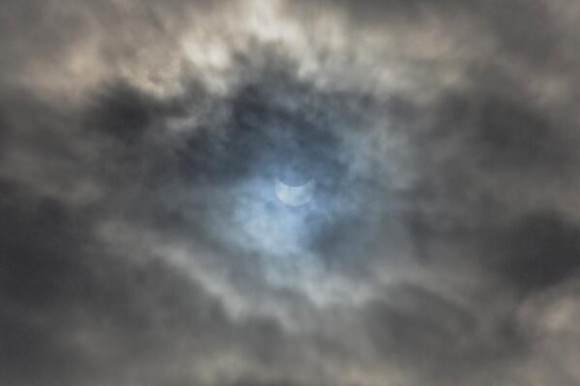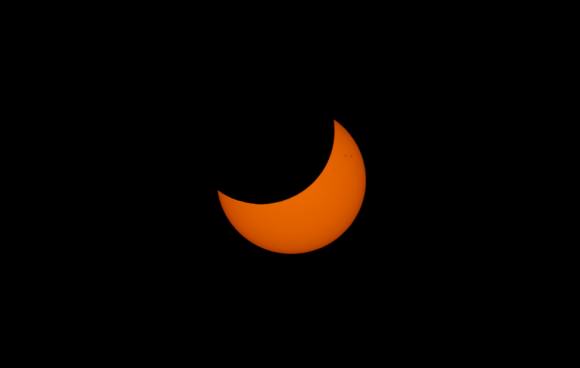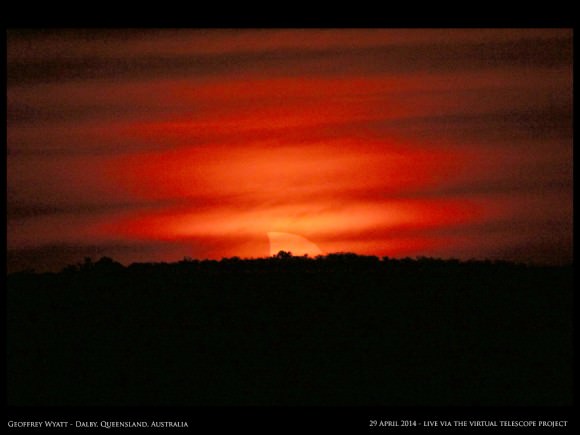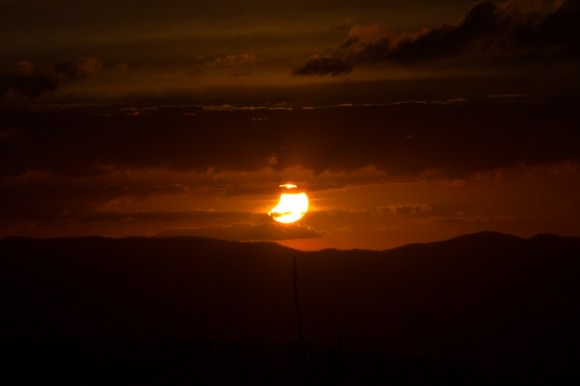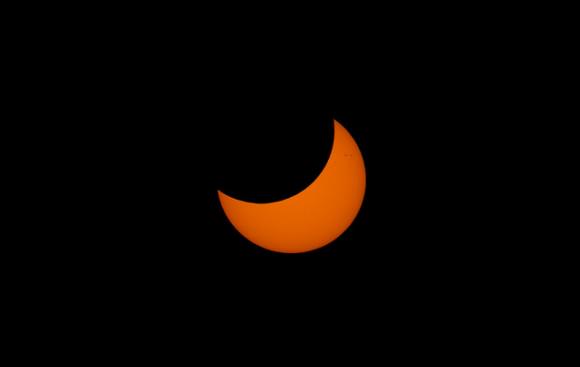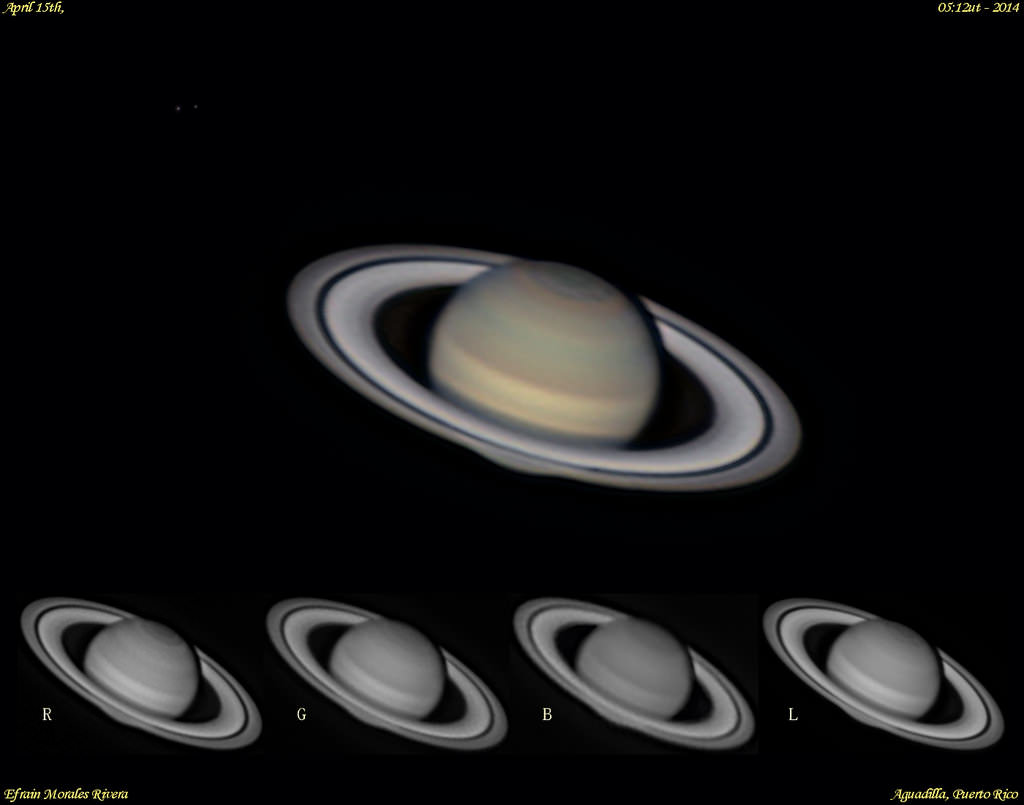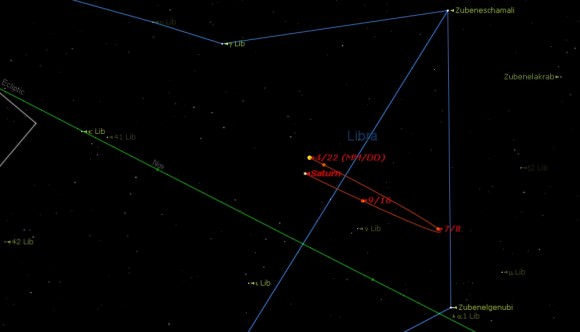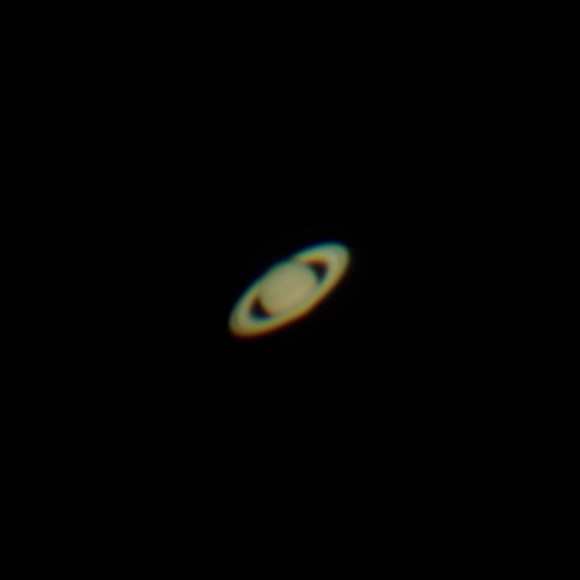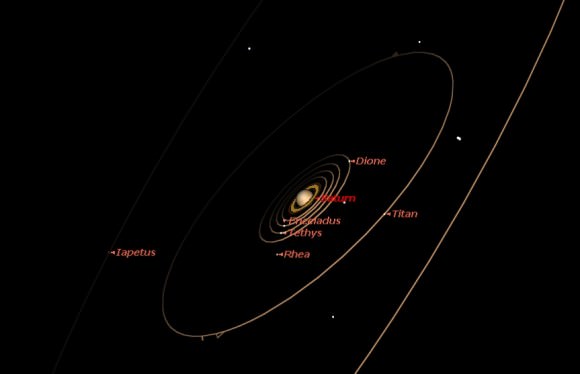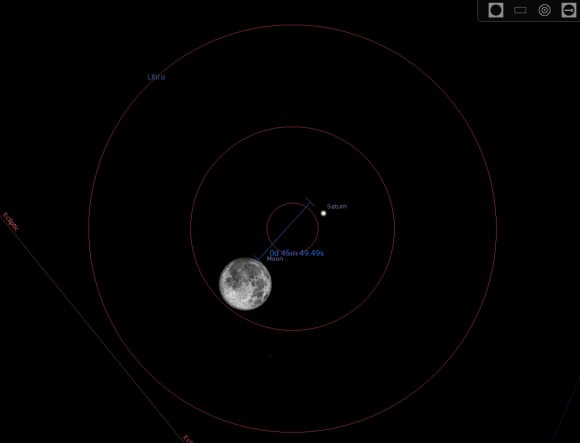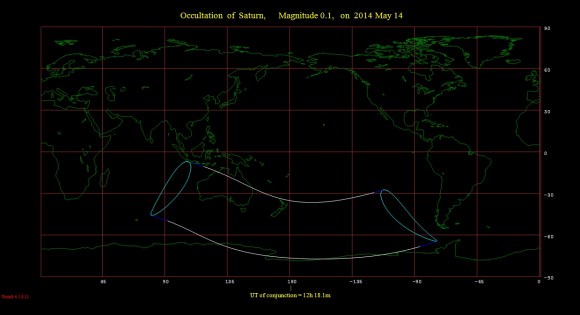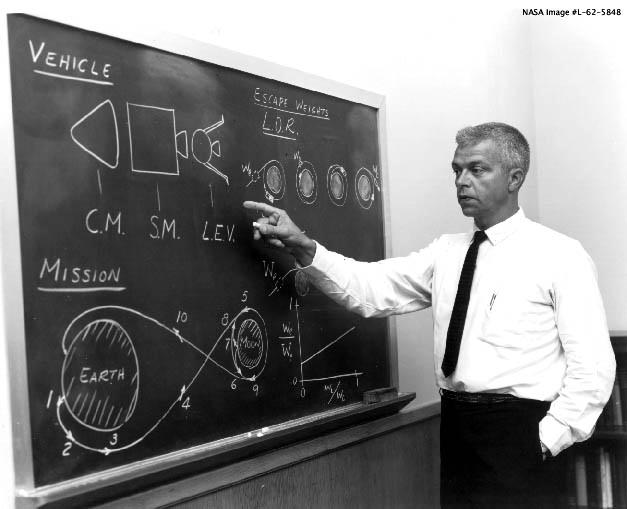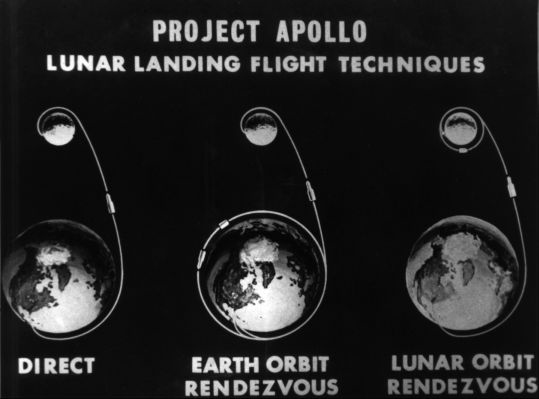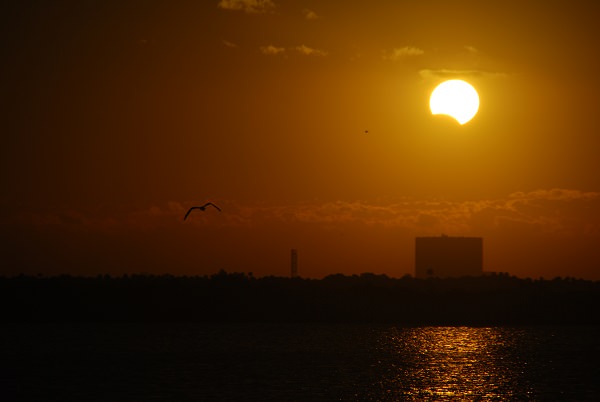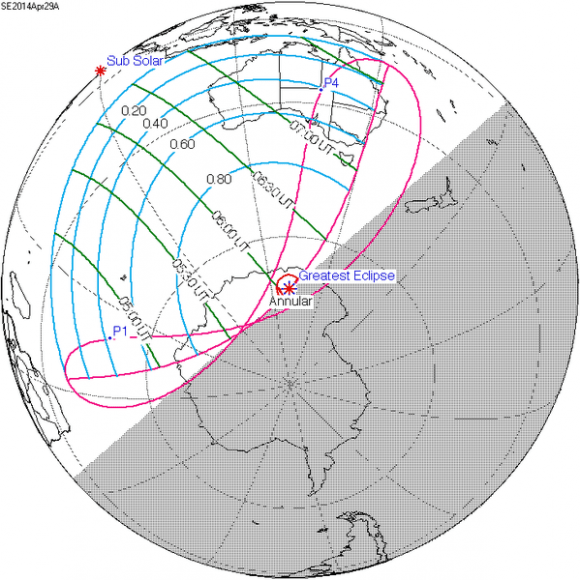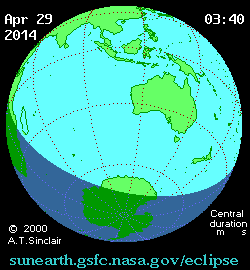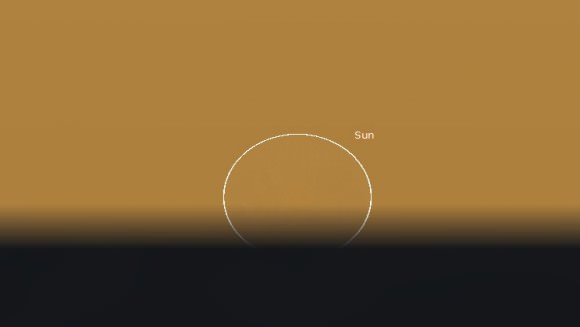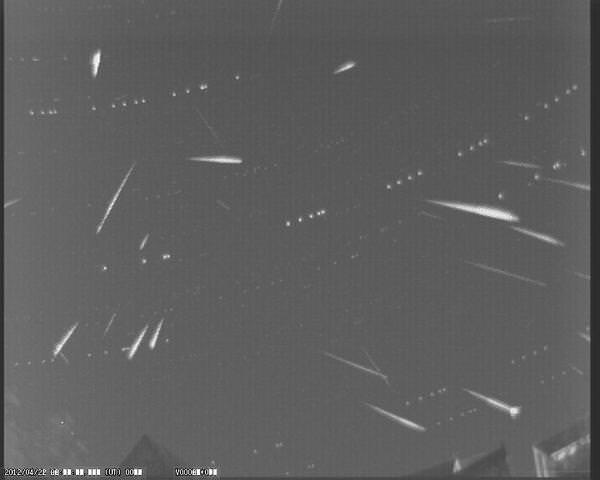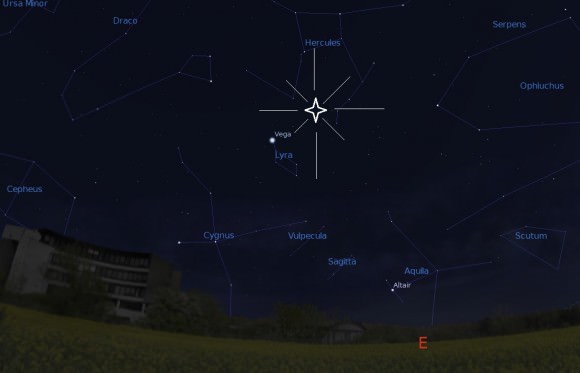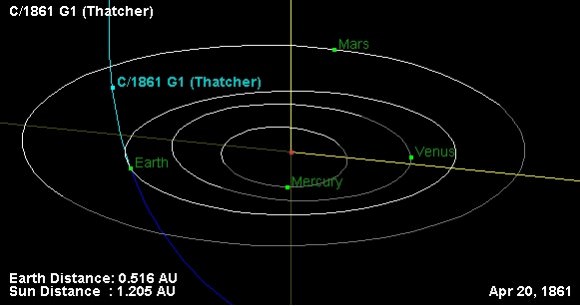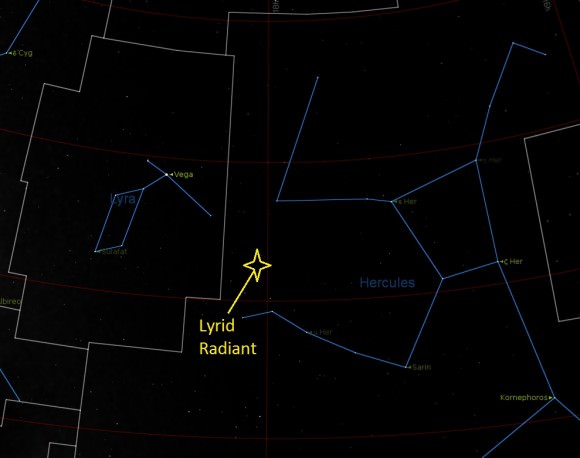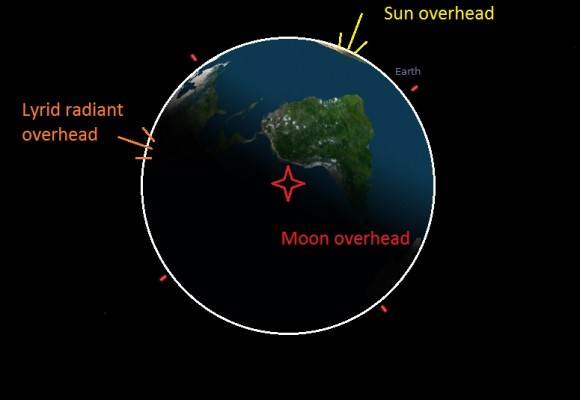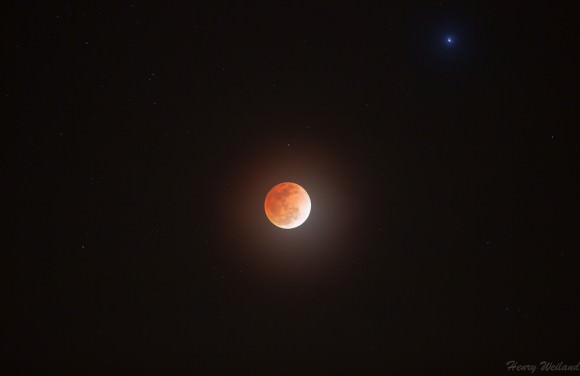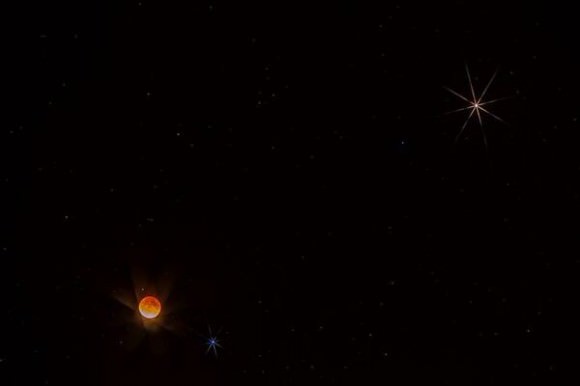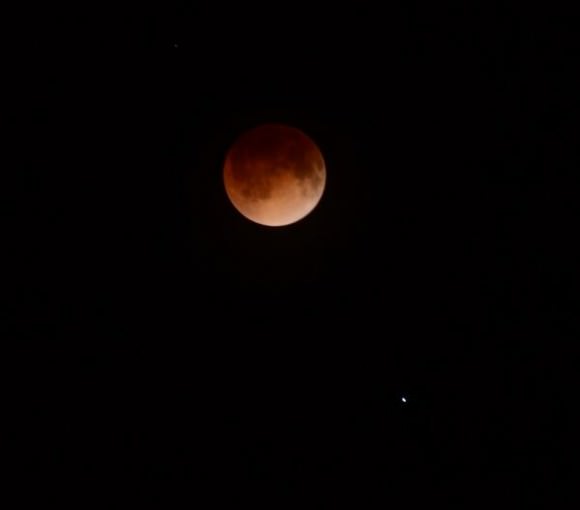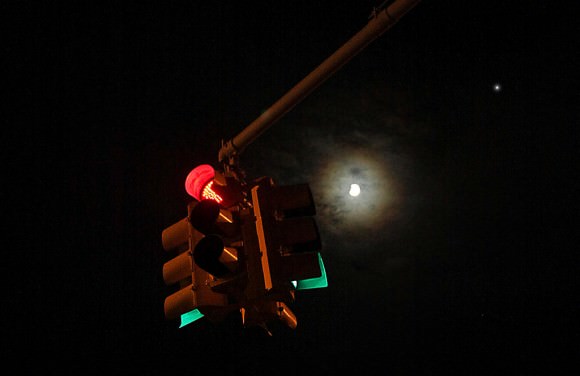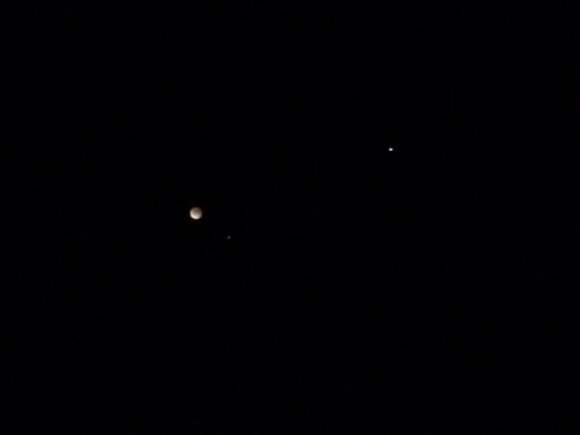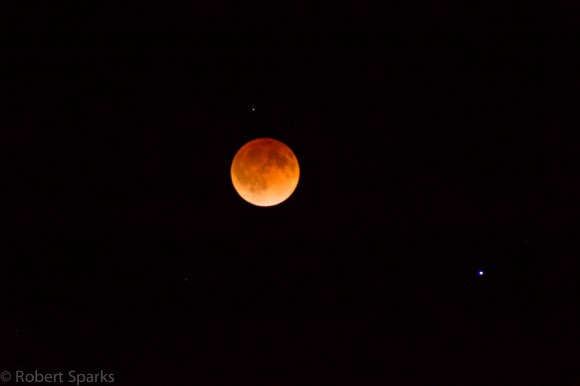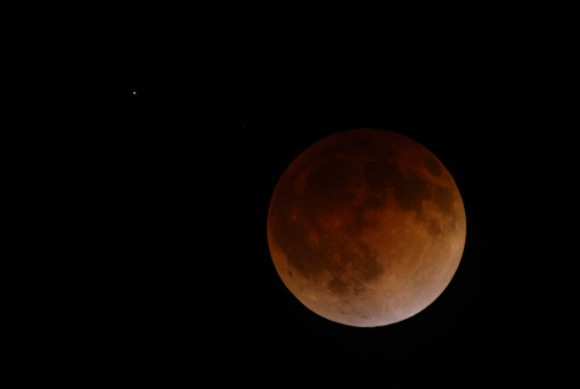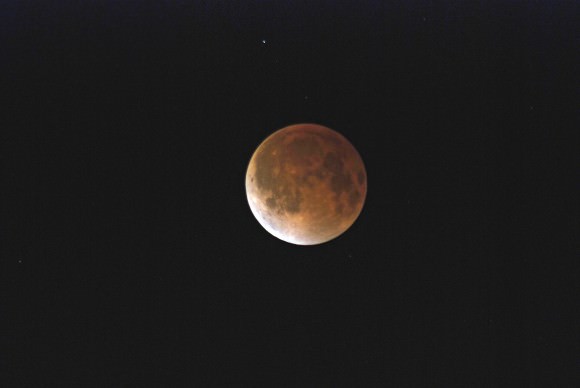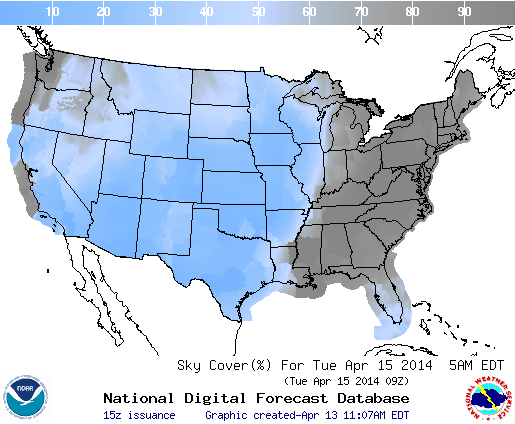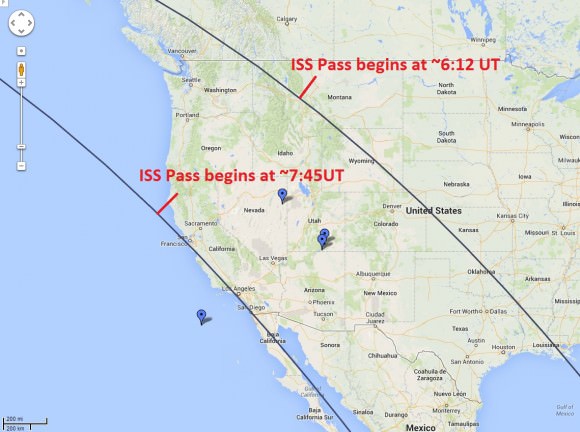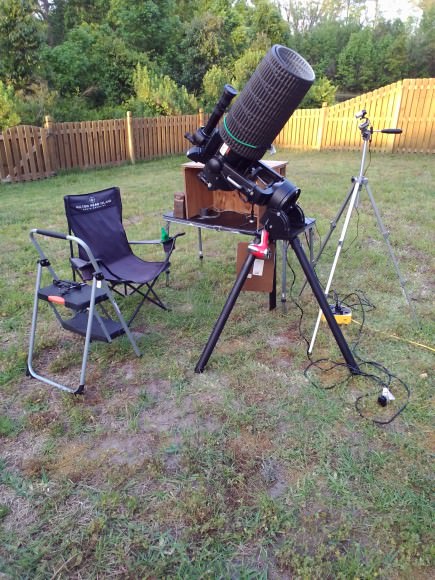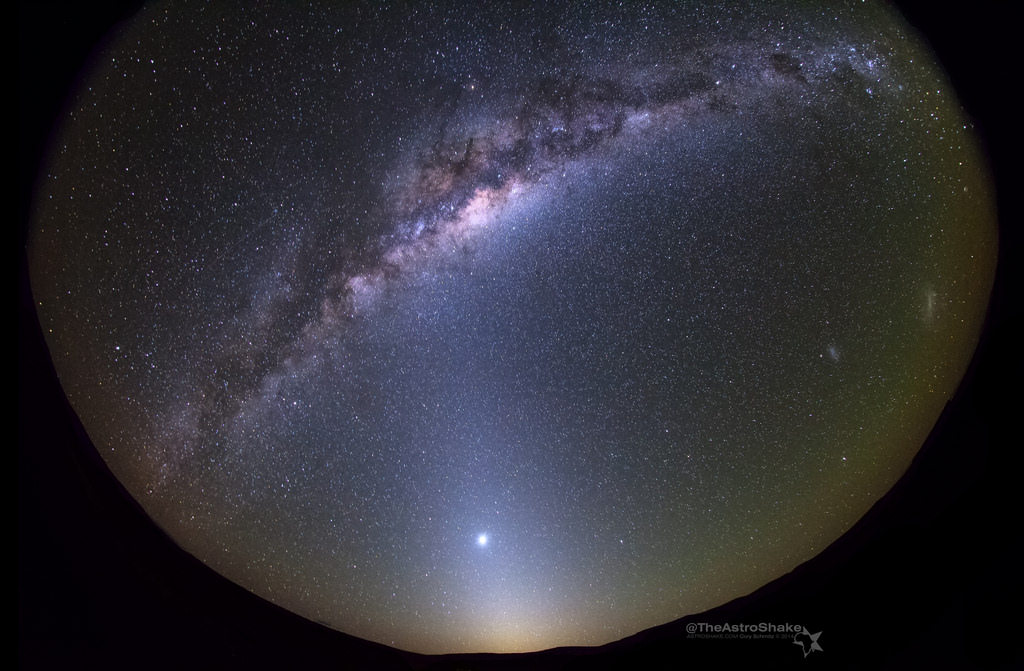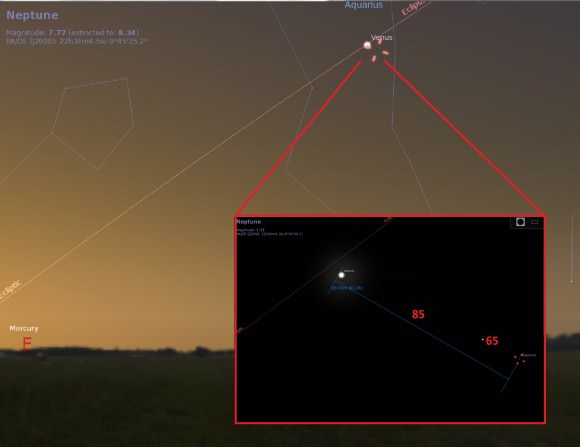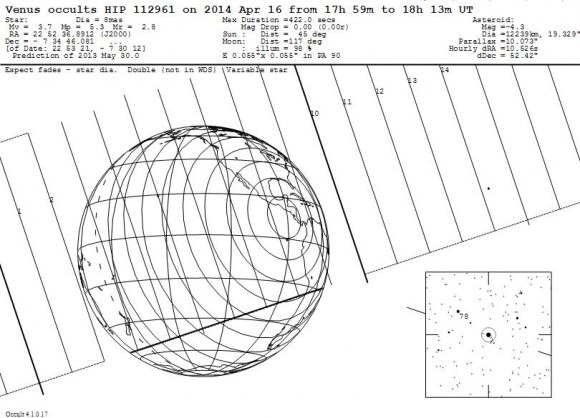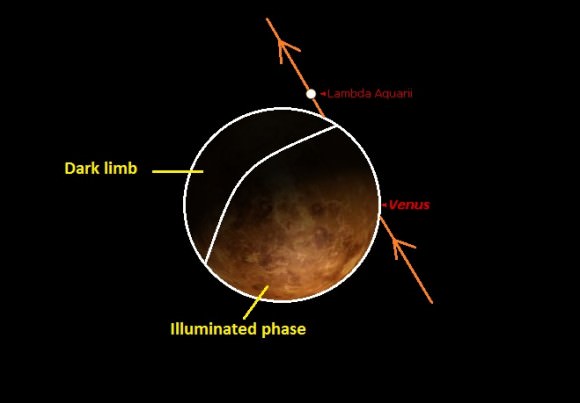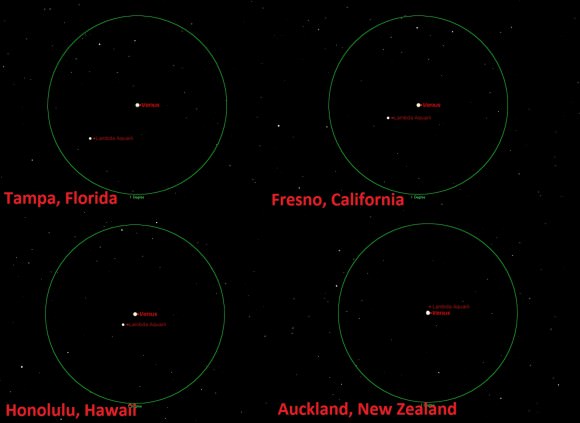Are you ready for the summer of 2015? A showdown of epic proportions is in the making, as NASA’s New Horizons spacecraft is set to pass within 12,500 kilometres of Pluto — roughly a third of the distance of the ring of geosynchronous satellites orbiting the Earth — a little over a year from now on July 14th, 2015.
But another question is already being raised, one that’s assuming center stage even before we explore Pluto and its retinue of moons: will New Horizons have another target available to study for its post-Pluto encounter out in the Kuiper Belt? Researchers say time is of the essence to find it.
To be sure, it’s a big solar system out there, and it’s not that researchers haven’t been looking. New Horizons was launched from Cape Canaveral Air Force Station on January 19th, 2006 atop an Atlas V rocket flying in a 551 configuration in one of the fastest departures from Earth ever: it took New Horizons just nine hours to pass Earth’s moon after launch.
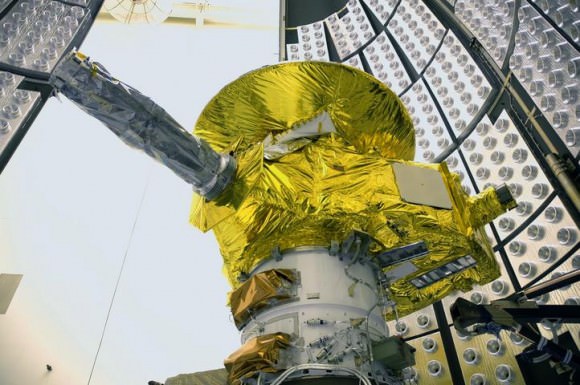
The idea has always been out there to send New Horizons onward to explore and object beyond Pluto in the Kuiper Belt, but thus far, searches for a potential target have turned up naught.
A recent joint statement from NASA’s Small Bodies and Outer Planets Assessment Groups (SBAG and OPAG) has emphasized the scientific priority needed for identifying a possible Kuiper Belt Object (KBO) for the New Horizons mission post-Pluto encounter. The assessment notes that such a chance to check out a KBO up close may only come once in our lifetimes: even though it’s currently moving at a heliocentric velocity of just under 15 kilometres a second, it will have taken New Horizons almost a decade to traverse the 32 A.U. distance to Pluto.
The report also highlights the fact that KBOs are expected to dynamically different from Pluto as well and worthy of study. The statement also notes that the window may be closing to find such a favorable target after 2014, as the upcoming observational apparition of Pluto as seen from Earth — and the direction New Horizons is headed afterwards — reaches opposition this summer on July 4th.
But time is of the essence, as it will allow researchers to plan for a burn and trajectory change for New Horizons shortly after its encounter with Pluto and Charon using what little fuel it has left. Then there’s the issue of debris in the Pluto system that may require fine-tuning its trajectory pre-encounter as well. New Horizons will begin long range operations later this year in November, switching on permanently for two years of operations pre-, during and post- encounter with Pluto.
And there currently isn’t a short-list of “next best thing” targets for New Horizons post-Pluto encounter. One object, dubbed VNH0004, may be available for distant observations in January of next year, but even this object will only pass 75 million kilometres — about 0.5 A.U. — from New Horizons at its closest.
Ground based assets such as the Keck, Subaru and Gemini observatories have been repeatedly employed in the search over the past three years. The best hopes lie with the Hubble Space Telescope, which can go deeper and spy fainter targets.
Nor could New Horizons carry out a search for new targets on its own. Its eight inch (20 cm in diameter) LORRI instrument has a limiting magnitude of about +18, which is not even close to what would be required for such a discovery.
New Horizons currently has 130 metres/sec of hydrazine fuel available to send it onwards to a possible KBO encounter, limiting its range and maneuverability into a narrow cone straight ahead of the spacecraft. This restricts the parameters for a potential encounter to 0.35 A.U. off of its nominal path for a target candidate be to still be viable objective. New Horizons will exit the Kuiper Belt at around 55 A.U. from the Sun, and will probably end its days joining the Voyager missions probing the outer solar system environment. Like Pioneers 10 and 11, Voyagers 1 and 2 and the upper stage boosters that deployed them, New Horizons will escape our solar system and orbit the Milky Way galaxy for millions of years. We recently proposed a fun thought experiment concerning just how much extraterrestrial “space junk” might be out there, littering the galactic disk.
And while the crowd-sourced Ice Hunters project generated lots of public engagement, a suitable target wasn’t found. There is talk of a follow up Ice Investigators project, though it’s still in the pending stages.
Another issue compounding the problem is the fact that Pluto is currently crossing the star rich region of the Milky Way in the constellation Sagittarius. Telescopes looking in this direction must contend with the thousands of background stars nestled towards the galactic center, making the detection of a faint moving KBO difficult. Still, if any telescope is up to the task, it’s Hubble, which just entered its 25th year of operations last month.
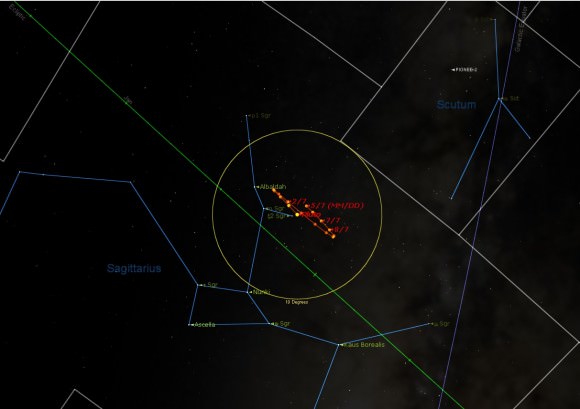
Shining at +14th magnitude, Pluto will be very near the 3.5th magnitude star Xi2 Sagittarii during the July 2015 encounter.
New Horizons is currently 1.5 degrees from Pluto — about 3 times the angular size of a Full Moon —as seen from our Earthly vantage point, and although neither can be seen with the naked eye, you can wave in their general direction this month on May 18th, using the nearby daytime Moon as a guide.
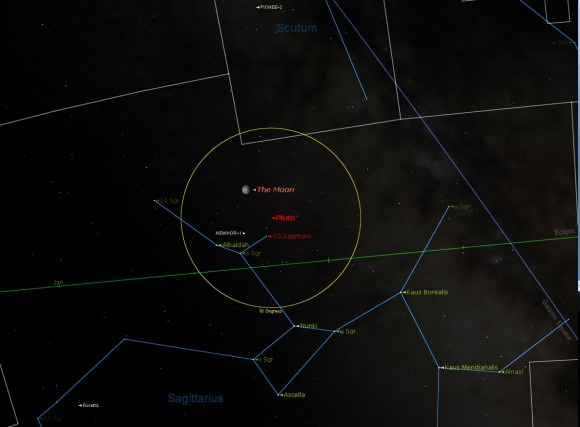
July 2015 will be an exciting and historic time in solar system exploration. Does Pluto have more undiscovered moons? A ring system of its own? Does it resemble Neptune’s moon Triton, or will it turn out looking entirely different ?
If nothing else, exploration of Pluto will finally give us science writers some new images to illustrate articles on the distant world, rather than recycling the half a dozen-odd photos and artist’s conceptions that are currently available. An abundance of surface features will then require naming as well. It would be great to see Pluto’s discoverer Clyde Tombaugh and Venetia Burney — the girl who named Pluto — get their due. We’ll even assume our space pundit’s hat and predict a resurgence of the “is it a planet?” debate once again in the coming year as the encounter nears…
Onward to Pluto and the brave new worlds beyond!

